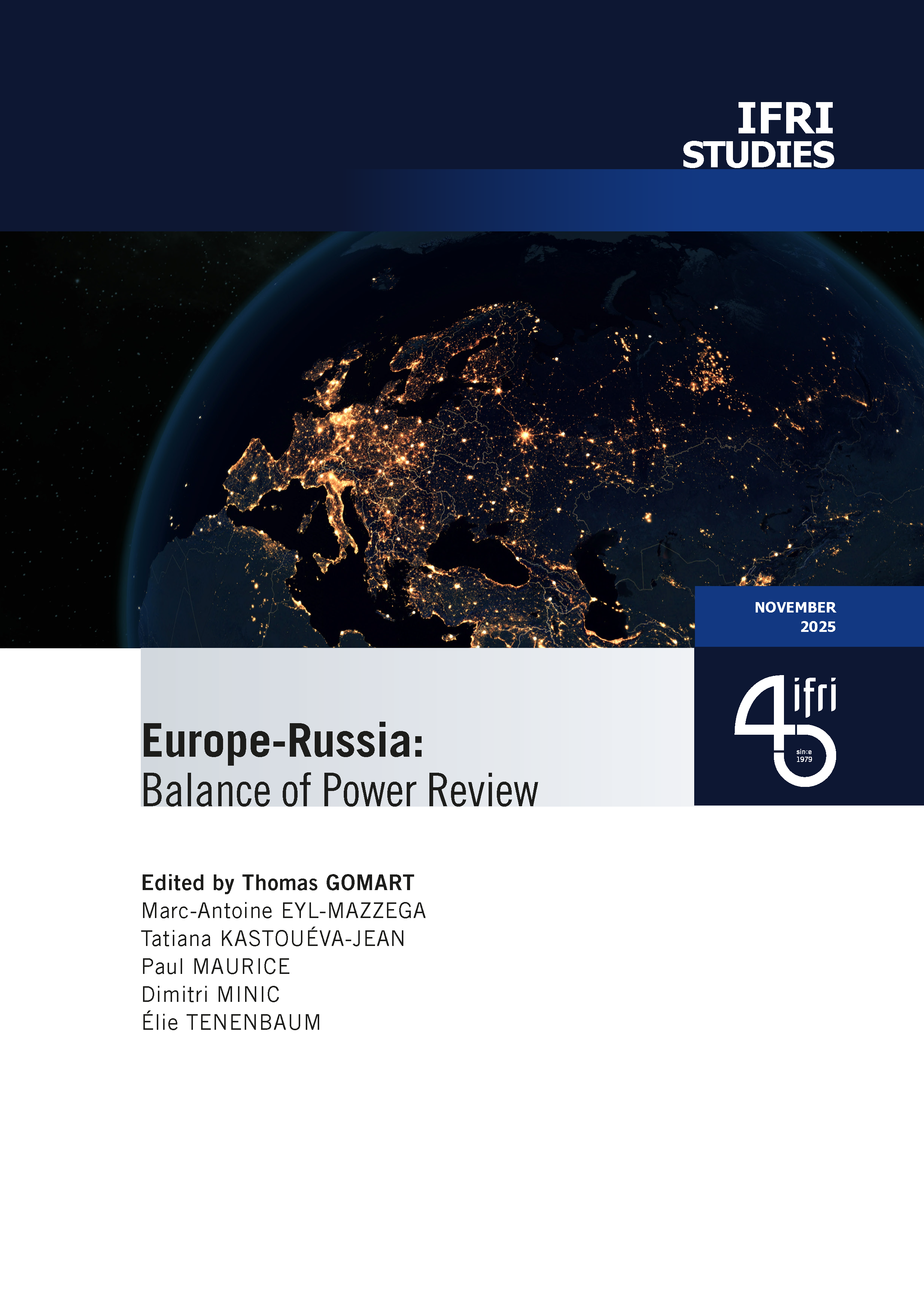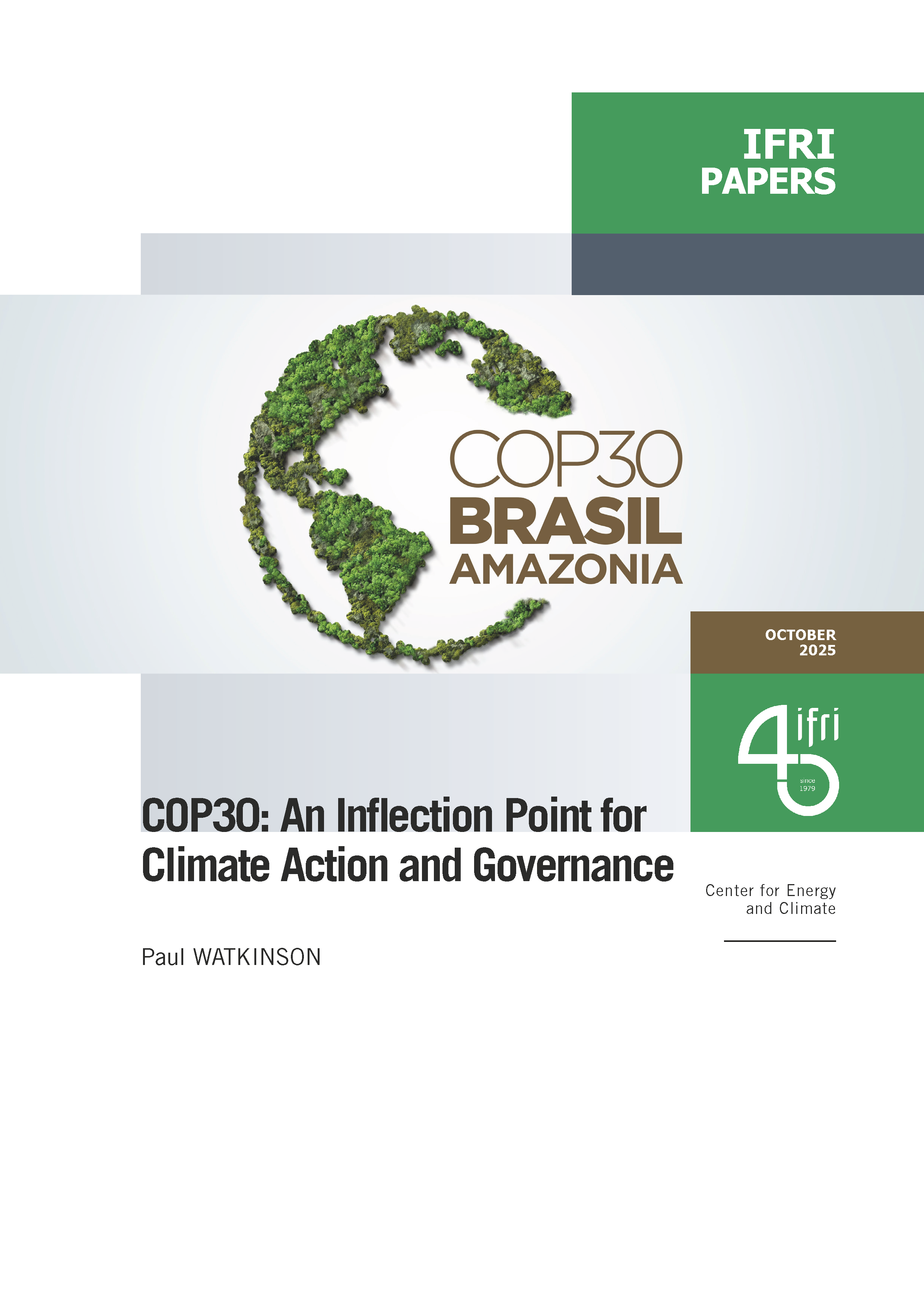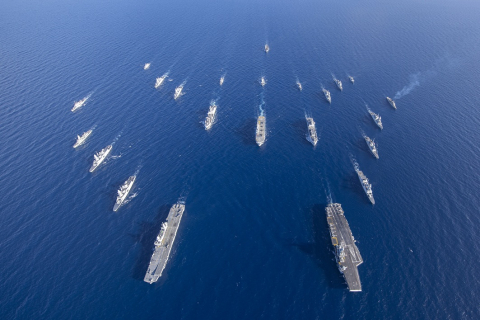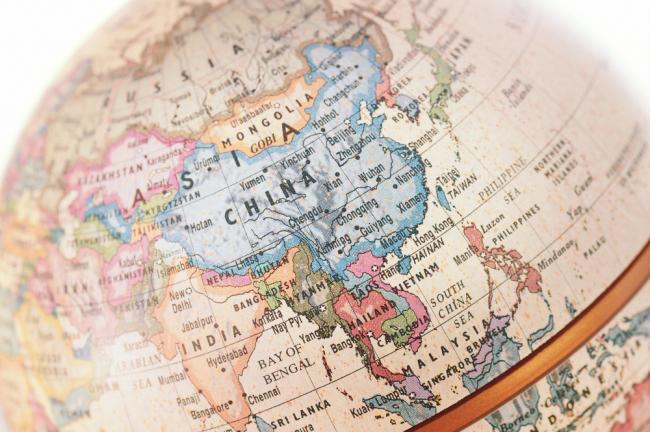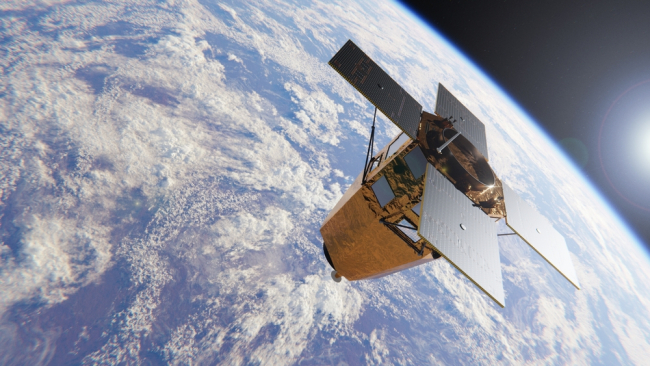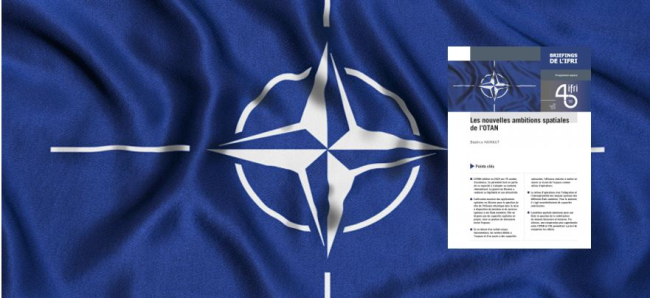Racing to the Moon: China's Lunar exploration program in competition with the United States
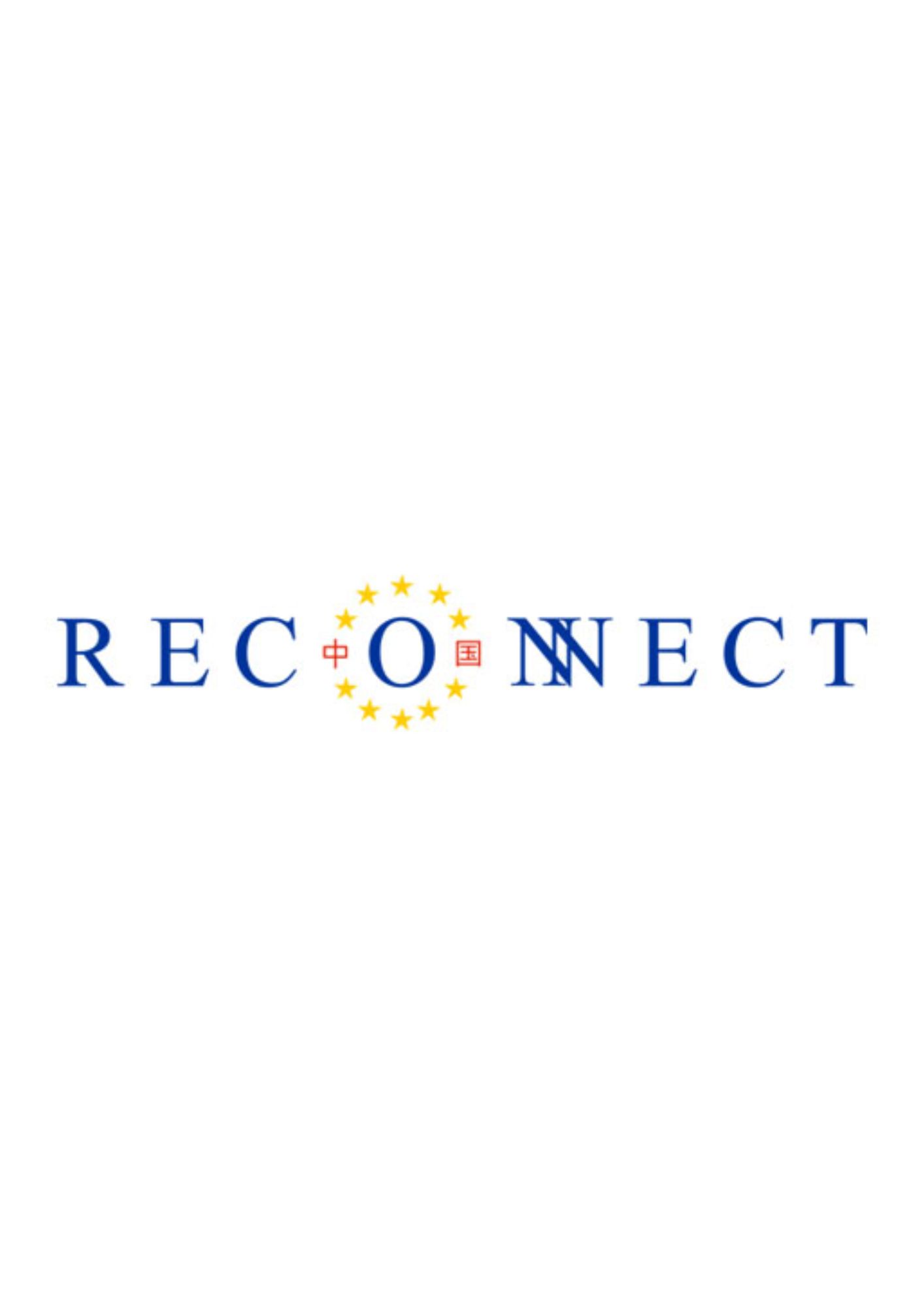
A new Cold War-style race to the moon seems to be in the making. The People’s Republic of China and the United States are both investing in moon exploration with manned lunar scientific stations as the ultimate goal.
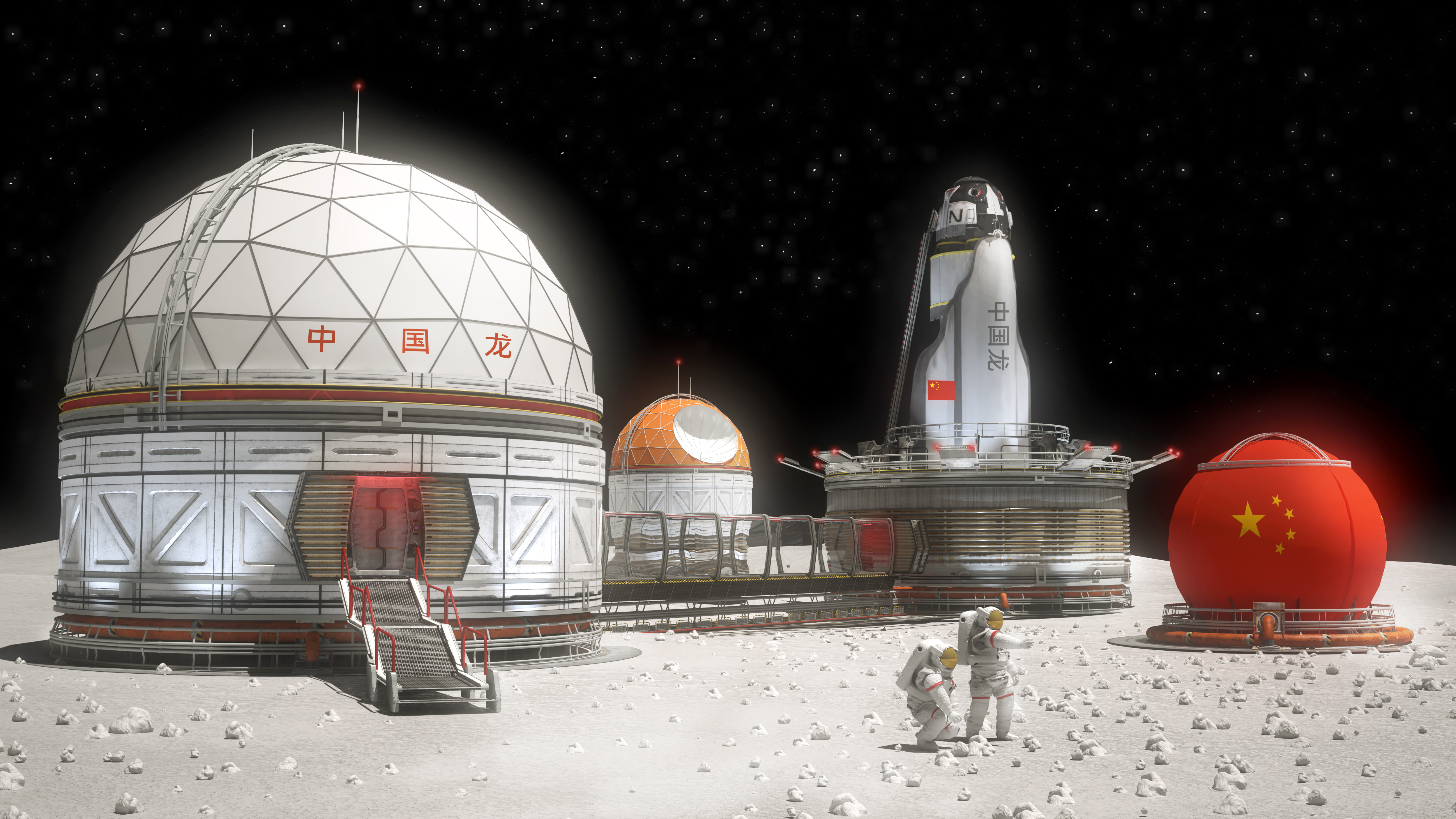
The comparison with the 1960s has its limits, nonetheless, because this time the race is not only to touch down the moon’s surface and return to Earth, but to promote a long-term scientific development on the moon and far beyond.
This ReConnect China Policy Brief breaks down the state of play of the China-US race to the moon, and considers the strategic ambitions, technical requirements, and necessary diplomatic support for such a great aim.
ReConnect China is a research project dedicated to strengthening independent knowledge on China in Europe. Funded as part of the European Commission’s Horizon Europe program, the four-year project brings together 15 institutions and 66 researchers across 12 European countries. Ifri will contribute policy briefs such as this one throughout the lifespan of the project, ranging from science and technology to China’s economy to foreign policy and China’s place in international affairs.
Download the ReConnect China Policy Brief via the project’s website:
Racing to the Moon: China’s Lunar exploration program in competition with the United States
Related centers and programs
Discover our other research centers and programsFind out more
Discover all our analysesThe Sustainability of Space Operations: An Opportunity for European Leadership?
As space becomes a key arena for power projection strategies, while facing growth and diversification of orbital activities, the concept of “space sustainability” is emerging as a new framework of analysis for space governance.
The European Space Model: Renewing Ambition in a Changing Strategic Landscape
The European space model, based on science, cooperation and trade, is now being undermined by changes in international relations and the economic upheavals brought about by New Space. In light of the war in Ukraine and American disengagement, Europe needs to rethink its strategy by adding a fourth pillar dedicated to defense, in order to strengthen its sovereignty and deter possible aggression against the continent.
Sat-to-Cell: Towards Universal Connectivity?
Sat-to-Cell is a new type of service that connects smartphones directly to satellites. It has recently enabled innovative applications such as emergency text messaging via satellite. The technology is developing rapidly, and many questions are now being raised about its potential impact.
NATO's New Ambitions for Space
Ahead of Russia's invasion of Ukraine, a devastating cyber attack targets Ukrainian army communications, exposing Western dependence and vulnerability to space technologies, and calling NATO's defensive posture into question.


